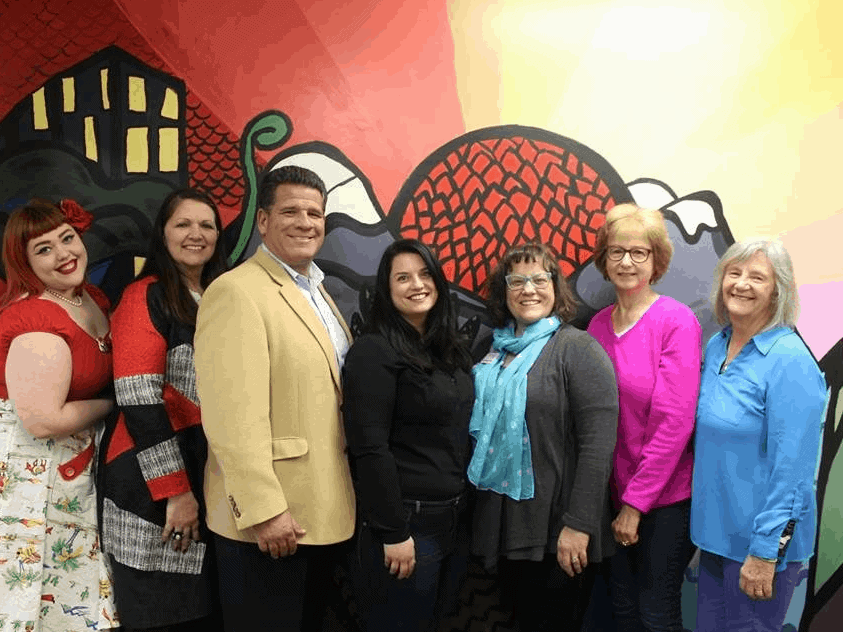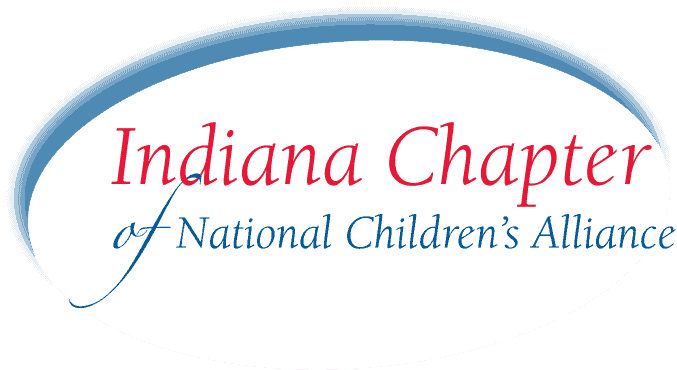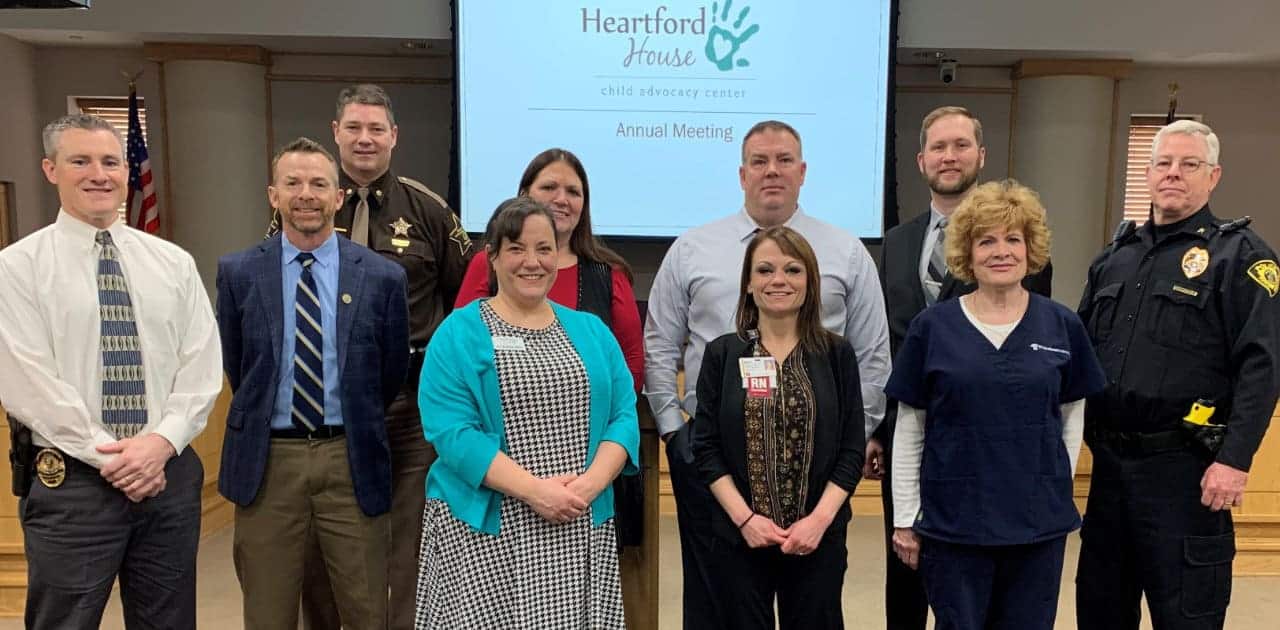Among America’s many stories of entrepreneurial lore, no story may be more ingrained than the lone upstart. The dogged individual or small group of two or three upsetting the status quo. In reality, most successful organizations know they need to start with at least a little buy-in. It’s important to know you’ve got friends or family backing you up. It’s no different for child advocacy centers or other nonprofits who spend years getting people to buy-in. You collect a coalition of people, rally behind the idea, and make it happen by securing funding and partnerships. You can work backward, as Heartford House CAC did, but it isn’t easy.
In 1998 the Tippecanoe Child Abuse Prevention Council, or TCAP, started having conversations amongst themselves and partners about how to help abused and neglected children. Jen Bushore-Barry at that time was the local TCAP president and, as she says, they “just wanted to stop child abuse. “It seemed simple enough for a group of social service providers,” she says. Knowing they were going to need funds, TCAP submitted a grant proposal to establish a child advocacy center in Lafayette.
And then they received the money.
“Then it was, ‘Oh, what do we do?” recalls Bushore-Barry. “All these silos of organizations and groups were together. But we were not united about how to tell people to do their jobs.”
For one, CACs were still a fresh idea. Law enforcement agencies would have to change their processes. The Prosecutor’s office would have to change how they handled child abuse cases. Medical providers would need to know about and understand how the CAC model works. Bushore-Barry was thrilled with the grant money but admits there was no plan for how to use it. “I was 25, what did I know?”
Luckily, an experienced director and TCAP member pushed the idea forward. The CAC would start under TCAP’s nonprofit umbrella. Victims of Crime Act (VOCA) funds would cover a half-time staffer. And kids who were suspected of witnessing a crime, being abused, or sexually assaulted would come to a caring house freely donated to the cause.

“Our group started very differently than other CACs,” says Bushore-Barry. “But once we opened in April 2000, we were fine.” This year marks twenty years of continuous service for Heartford House. Indiana Chapter executive director of CACs Jan Lutz congratulated Heartford House on 20 years of community service. “Because of the commitment of a small group, steadfast to serve, so many children and families have been given hope for a positive future,” she said.
By September 2010, former TCAP President Jen Bushore-Barry became the Executive Director of the very CAC she was involved with in that initial grant ten years earlier. In 2011, Heartford House separated out from under the TCAP umbrella and became its own registered nonprofit organization. Come 2017, the CAC moved into a new home, one that “didn’t put the teams down in a basement”, Bushore-Barry says with a chuckle.
There was an oddity in their funding and growth, however. “Our team up until 2014 did not believe we should be taking DCS funds,” says Bushore-Barry. The Indiana Department of Child Services funded CACs based on a flat rate. “We didn’t because we didn’t want children to miss being interviewed if the money ran low.”
It was a principled stand that left Heartford House on its own, a decision they stand by. The result was a smaller staff and much less money than CACs serving similar size areas and communities.
In 2014, DCS changed its funding formula. It was no longer about how many kids they could afford to send, but whether it was in the child’s best interest. As a result, Heartford House began accepting funding from the agency and has grown in staff and scope. From 2000 to 2010, Heartford House had one part-time interviewer become full-time. Between 2010 and today, they now employ five people full-time. “I don’t judge other CACs about [DCS funding],” says Bushore-Barry. “It’s not changed our philosophy. We were always in desperate need. We saw 600 kids a year when it was just me,” she recalls.
The increased staff means more children and families are receiving more and better help, including therapy and victim advocacy.
Heartford House serves seven surrounding counties, and on October 1, it will become eight as neighboring Quinton’s House CAC will become a Heartford House program. “We’re keeping their name and location in Clinton County, but we’re taking over management and they’re merging with us,” says Bushore-Barry. “We’re in the same DCS region, their board has been interested in having someone take over management, and it made a lot of sense for us and ensures they’re successful.” In Clinton County, they will be a United Way Partner, too.
As of July 2020, 9,516 kids have come through the doors of Heartford House in their time of crisis since 2000. Bushore-Barry says she and her board like to think of their twenty years as a typical human experience. “We were growing up, moved out of our ‘parent’s’ house, and now we’re taking on more responsibilities.”

